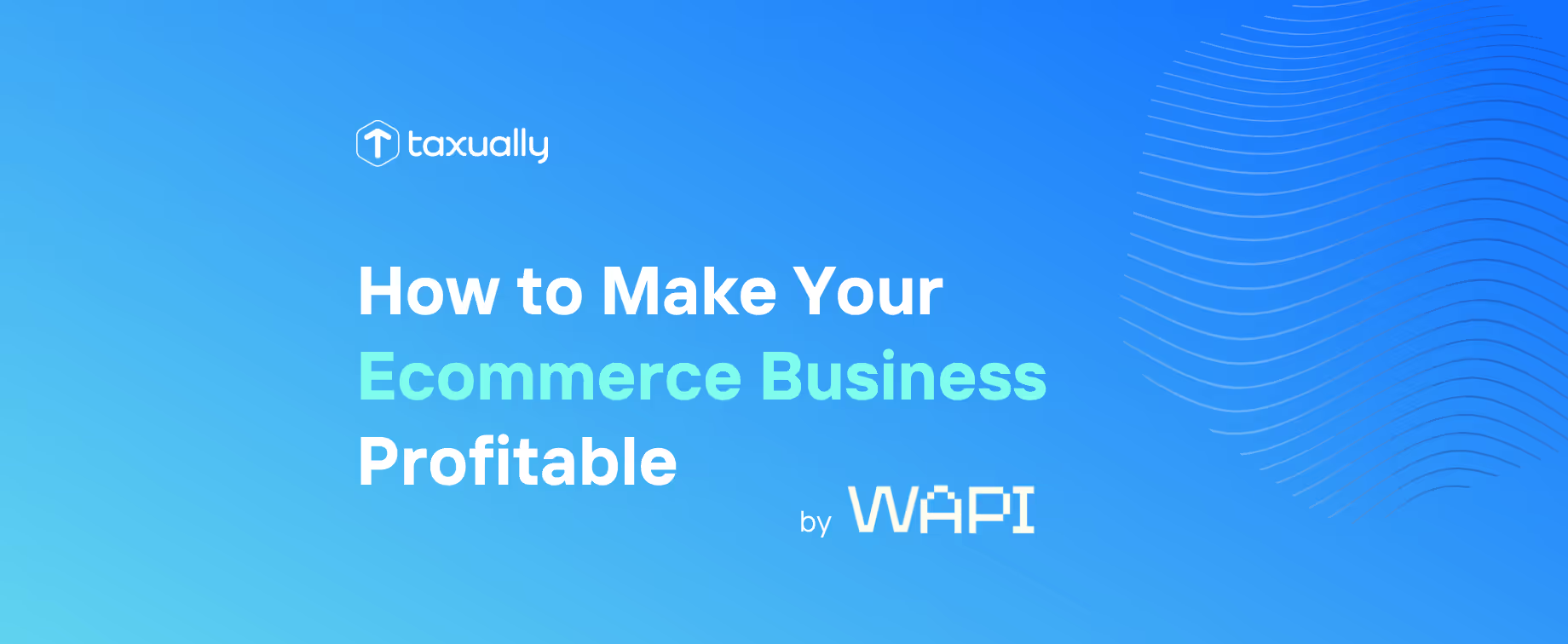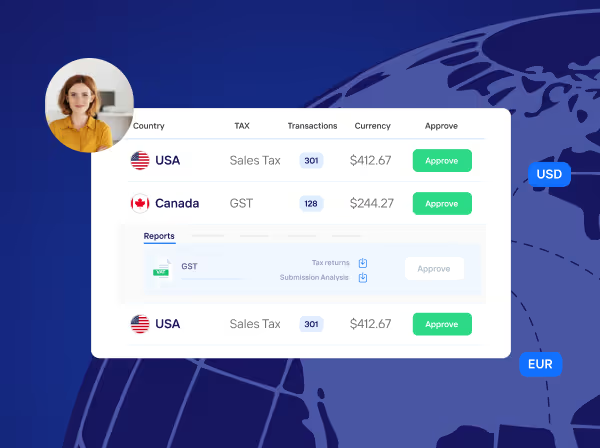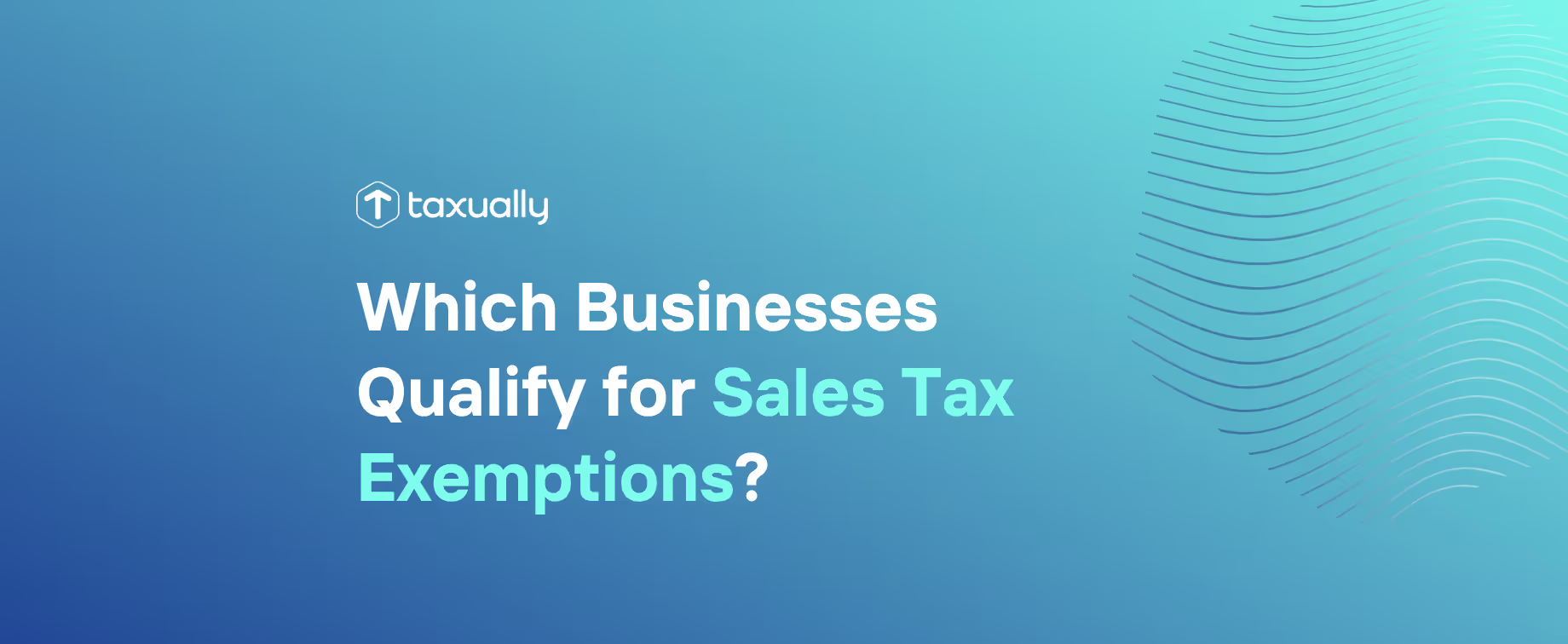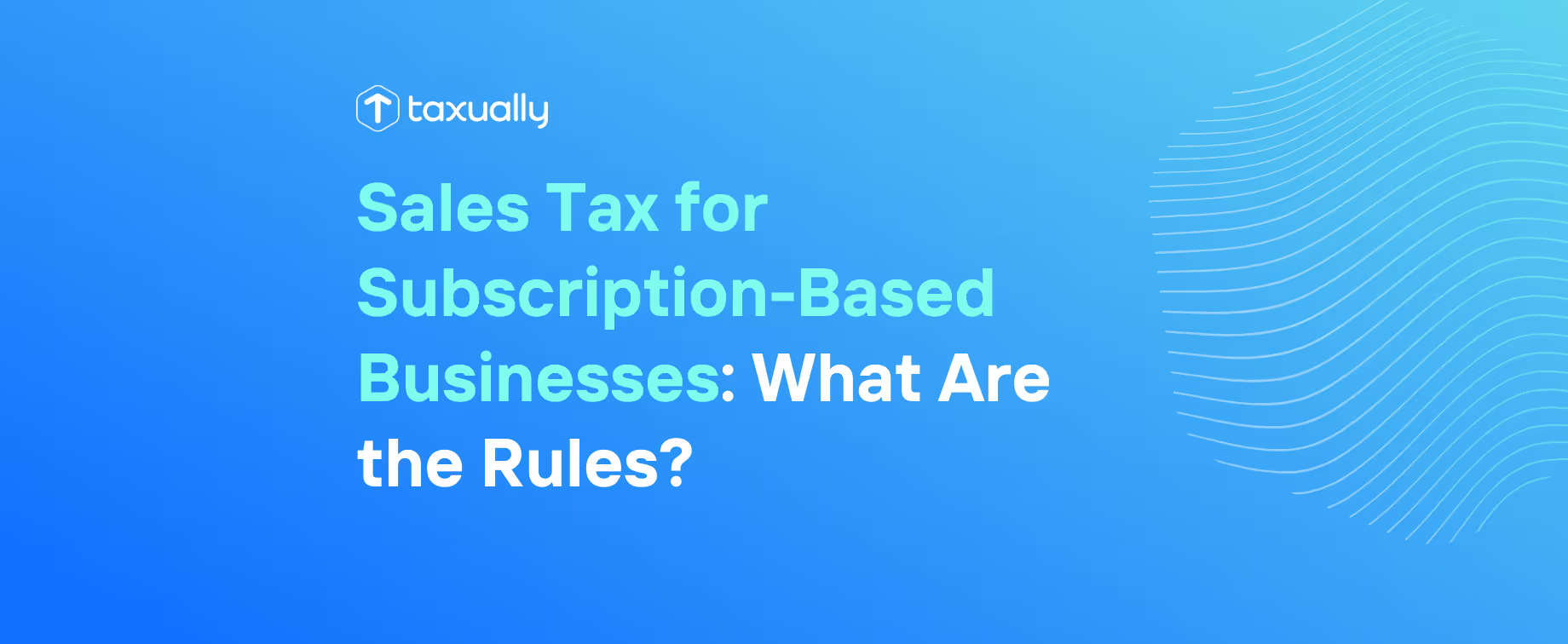Key takeaways
- Optimize operations and strategy: Focus on high-demand products, competitive pricing, and streamlined logistics to boost margins and efficiency.
- Enhance customer experience: Build a strong brand, personalize interactions, and use data insights to improve loyalty and retention.
- Leverage fulfillment providers: Outsourcing logistics can reduce costs, improve accuracy, and scale your ecommerce business profitably.
Turning a profit requires more than just setting up an online store and listing products. Successful ecommerce entrepreneurs understand the importance of strategic planning, customer engagement, and operational efficiency. If you're looking to boost your ecommerce business's profitability, here are some key strategies to consider.
Main Points of Optimization
1. Strategic Product Selection
Identify high-demand products: Research market trends and customer preferences to offer products that are in demand.
Optimize your product mix: Strike a balance between popular, high-margin items and complementary products to increase the average order value.
2. Optimized Pricing Strategy
Competitive pricing: Stay informed about competitors' pricing to ensure your products remain competitive.
Dynamic pricing: Consider implementing dynamic pricing strategies that adjust prices based on market demand, seasonality, or competitor pricing.
3. Effective Marketing and Branding
Invest in digital marketing: Utilize online advertising, social media, and content marketing to reach your target audience.
Build a strong brand: Establish a brand identity that resonates with your target market, fostering customer loyalty and trust.
4. Customer Experience and Engagement
User-friendly website: Ensure your website is easy to navigate, with a streamlined checkout process.
Personalized customer service: Provide excellent customer support, and consider implementing personalized recommendations based on customer preferences.
5. Streamlined Operations
Efficient supply chain: Optimize your supply chain to minimize costs and reduce final mile delivery times.
Inventory management: Implement inventory tracking systems to avoid overstocking or stockouts, optimizing cash flow. For example Amazon sellers can use Amazon preparation services or FBA and FBM options.
6. Mobile Optimization
Responsive design: Ensure your website is mobile-friendly to accommodate the increasing number of users shopping on smartphones and tablets.
Mobile marketing: Leverage mobile marketing strategies, such as SMS campaigns, to reach customers on their preferred devices.
7. Data Analytics and Insights
Utilize analytics tools: Leverage data analytics to gain insights into customer behavior, website performance, and marketing ROI.
Make informed decisions: Use data to make strategic decisions, identify areas for improvement, and capitalize on successful initiatives.
8. Loyalty Programs and Incentives
Customer loyalty: Implement loyalty programs to reward repeat customers and encourage brand loyalty.
Promotional incentives: Run promotions, discounts, or exclusive offers to attract new customers and stimulate sales.
9. Social Responsibility and Sustainability
Corporate responsibility: Embrace social responsibility and sustainability practices, which can resonate positively with environmentally conscious consumers.
10. Continuous Learning and Adaptation
Stay updated: Keep abreast of industry trends, technological advancements, and changes in consumer behavior.
Adapt to changes: Be flexible and willing to adapt your strategies based on market shifts and customer feedback.
How to Make Ecommerce Logistics Profitable?

Utilizing a fulfillment provider can significantly contribute to making your business more profitable by streamlining operations, reducing costs, and improving overall efficiency. Here are several ways in which a fulfillment provider can benefit your business:
Cost Savings
Economies of Scale: Fulfillment providers often handle a large volume of orders for multiple clients. This allows them to negotiate better rates with shipping carriers and benefit from economies of scale, resulting in lower shipping costs.
Reduced Overhead: Outsourcing fulfillment in Europe or in any other region eliminates the need for warehousing, packing materials, and additional staff, reducing your operational overhead.
Time Efficiency
Focus on Core Competencies: Outsourcing fulfillment allows you to concentrate on the core aspects of your business, such as marketing, product development, and customer service, while leaving logistics to the experts.
Faster Order Processing: Fulfillment centers in Europe or in any other region are equipped with efficient systems and technologies that enable faster order processing and shipping, leading to quicker delivery times for customers.
Scalability
Flexibility: As your business grows, an order fulfillment service can scale its services to accommodate increased order volumes. This scalability ensures that your operations can adapt to changing demand without the need for major infrastructure investments.
Improved Accuracy and Quality
Order Accuracy: Fulfillment providers use advanced systems to manage inventory and fulfill orders accurately, reducing the likelihood of errors that can result in costly returns or customer dissatisfaction.
Professional Packaging: Outsourcing fulfillment often means that your products are packed professionally, enhancing the overall customer experience and reducing the risk of damage during transit.
Global Reach
International Shipping: Fulfillment providers with a global network can assist in reaching a broader customer base by efficiently handling international shipping and customs processes, potentially expanding your market reach. They usually have warehouses all over the world: from the fulfillment centers in the UK to centers in the USA.
Technology Integration
Advanced Systems: Fulfillment providers leverage sophisticated software and technology to manage inventory, orders, and shipments. This integration can lead to better visibility into your supply chain and improved decision-making.
Real-time Tracking: Customers appreciate real-time order tracking, and fulfillment providers often offer these features, contributing to a positive customer experience.
Seasonal and Promotional Support
Handling Peaks: Fulfillment companies are equipped to handle seasonal peaks or sudden increases in order volumes, ensuring that your business can efficiently manage demand during busy periods.
Promotional Campaigns: If you run promotions or flash sales, fulfillment providers can adapt quickly to handle the increased order flow, preventing bottlenecks in your logistics chain.
Returns Management
Efficient Returns Processing: Handling returns can be time-consuming and costly. Fulfillment providers often have streamlined processes for returns, minimizing the impact on your business and improving customer satisfaction.
By outsourcing fulfillment to a reliable provider, you can create a more cost-effective, efficient, and scalable business model, ultimately contributing to increased profitability. Before selecting a fulfillment partner, it's crucial to assess your specific needs, the provider's capabilities, and how well their services align with your business goals.
Simple Business Math

Let's explore a scenario where the total cost per unit of a product for an electronics seller differs significantly between utilizing a fulfillment service and managing fulfillment in-house.
Scenario 1: Electronics Seller Without a Fulfillment Provider
Business Name: GadgetGuru
Product: High-End Gaming Laptop
Cost Breakdown (per unit):
Product Cost: $1,500 (wholesale cost of the gaming laptop from the manufacturer)
Shipping Materials: $20 (premium packaging for the gaming laptop)
Labor: $30 (cost of skilled labor for assembly, quality control, and packaging)
Warehouse Costs: $40 (rent, utilities, maintenance for in-house warehouse)
Shipping Fees: $25 (standard shipping cost)
Total Cost per Unit: $1,615
Scenario 2: Electronics Seller With a Fulfillment Provider
Business Name: TechElite
Product: High-End Gaming Laptop
Cost Breakdown (per unit):
Product Cost: $1,500 (same wholesale cost of the gaming laptop from the manufacturer)
Fulfillment Fees: $50 (charged by the fulfillment provider for order picking, packing, and shipping)
Shipping Fees: $15 (negotiated lower shipping rates through the fulfillment provider)
Total Cost per Unit: $1,565
In this example, TechElite, which utilizes a fulfillment provider, has a lower total cost per unit compared to GadgetGuru, which manages its fulfillment in-house. The fulfillment fees charged by the provider cover labor and warehouse costs, resulting in a significant cost advantage.
GadgetGuru incurs higher costs for skilled labor and maintaining its own warehouse, contributing to a higher total cost per unit. TechElite benefits from the fulfillment provider's expertise and efficiencies, leading to a more cost-effective fulfillment process for the high-end gaming laptop.
While the example provides a simplified comparison, it illustrates how outsourcing fulfillment to a provider can lead to substantial cost advantages, especially for high-value products. Businesses should conduct a comprehensive cost analysis and consider the services offered by fulfillment providers to make informed decisions based on their unique product and business requirements.
Conclusion
By implementing these strategies and continually reassessing and refining your approach, you can build a more profitable and sustainable ecommerce business. Remember, success in ecommerce is an ongoing journey that requires dedication, innovation, and a deep understanding of your target market.
Frequently asked questions
New Year's Day - 1/1/2024Memorial Day - 5/27/20244th of July - 7/4/2024Labor Day - 9/2/2024Thanksgiving Day - 11/28/2024Day after Thanksgiving - 11/29/2024Christmas Eve - 12/24/2024Christmas Day - 12/25/2024
How can I make my ecommerce business more profitable?
Profitability starts with strategic planning—choose high-demand products, optimize pricing, streamline logistics, and invest in marketing that drives customer engagement and retention.
Why should I consider using a fulfillment provider?
Fulfillment providers help reduce overhead costs, improve order accuracy, and speed up delivery times. They also make scaling your operations easier as your business grows.
What role does customer experience play in profitability?
A smooth, personalized shopping experience builds trust and loyalty. Simplified navigation, responsive design, and reliable customer support all help increase repeat purchases.
How can data analytics improve my ecommerce performance?
Using analytics tools helps you understand customer behavior, measure marketing ROI, and make informed decisions that increase efficiency and sales.
What are the key factors to consider when choosing a fulfillment partner?
Assess their global reach, technology integration, pricing structure, scalability, and ability to handle seasonal peaks or special promotions effectively.



















